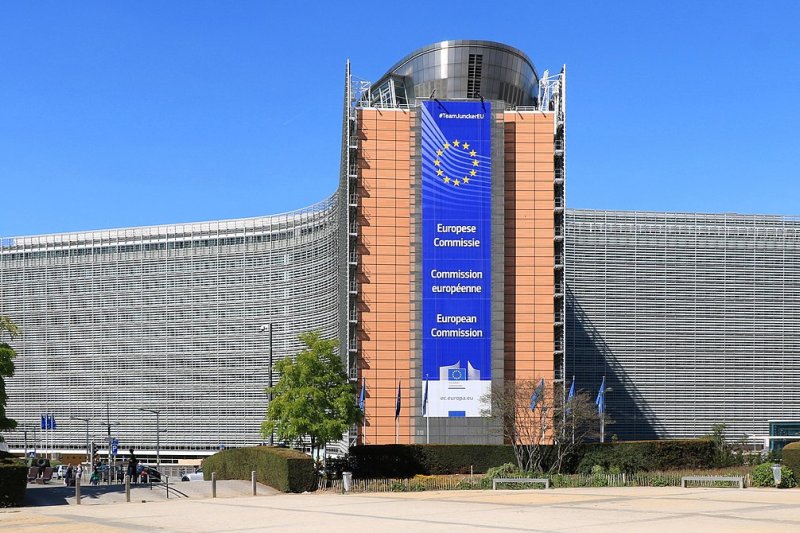Economy to Grow by 2.7% in 2022; EC
The economic recovery in the Western Balkans region lost a little speed in the first quarter of 2022, but nevertheless the pace remains high, the European Commission said in its EU Candidate Countries’ & Potential Candidates’ Economic Quarterly report published on Friday.
The region's GDP expanded by 4.7% annually in the first quarter, compared to 6.3% in the previous quarter.
“The deceleration was largely driven by a slowdown in Serbia and in Bosnia and Herzegovina. Annual output growth continued benefitting from solid domestic and external demand on the back of the gradual lifting of COVID-19-related containment measures as well as base effects in some countries,” the commission said.
For Albania, the report said that the rebound of economic activity continued in the first quarter of 2022 with real GDP expanding by 6% year-on-year after a growth rate of 5.5% in the previous quarter. The expansion was mainly on the back of strong investment growth and a solid increase in private consumption, the EC noted.
“In Albania, consumer price inflation accelerated to 6.8% y-o-y in the second quarter of 2022, up from 4.4% in the previous three months, thus well above the 3% inflation target,” the report noted.
The EC forecasts Albania’s economy will grow by 2.7% in 2022, after an 8.5% growth estimated in 2021.
According to the report, on the production side, construction (1.95 pps.), real estate activities (1.5 pps) and trade (0.9 pps.) remained the largest contributors to GDP growth.
Manufacturing and financial and professional services also performed well, recording double-digit growth rates without benefiting from base effects.
In the first 4 months of 2022, the economic sentiment indicator declined but remained above its historical average, before it turned upwards in May due to improved confidence in all sectors except construction.
The labor market continued to present a mixed picture. While employment of the age group 15-
64 grew by 0.7% on quarterly comparison basis (5.9% year-on-year due to strong base effects), youth employment (aged 15-29) dropped 2.2% q-o-q (up 7.7% y/y due to base effects).
The employment growth mainly reflected the mobilisation of the inactive population, as the inactivity rate decreased strongly both in quarterly (by 2.5 pps) and annual comparison (by 4.5 pps) to 28% in the first quarter of the 2022, historically the lowest rate so far, according to the report.
The already high inflation rate rose further in March by almost 2 pps to 5.7% and accelerated to 6.7% in May and 7.4% in June 2022, driven by rising import prices for food, energy and transport. This acceleration largely reflected the impact of the Russian occupation of Ukraine on international commodity prices, which also lifted import price index growth to 10% y/y in Q1 2022 (from 4.9% in Q4-21).
The Balkans will be negatively affected by the war and high inflation
Annual output growth in the Western Balkans continued benefiting from stable domestic and external demand, as a result of the gradual lifting of containment measures related to COVID-19, as well as base effects in some countries.













